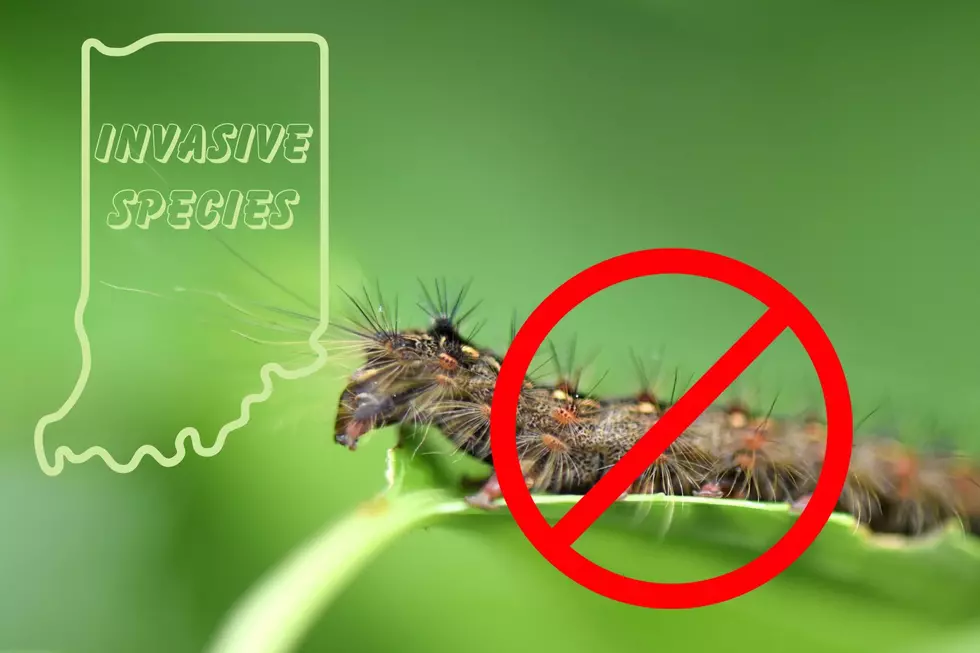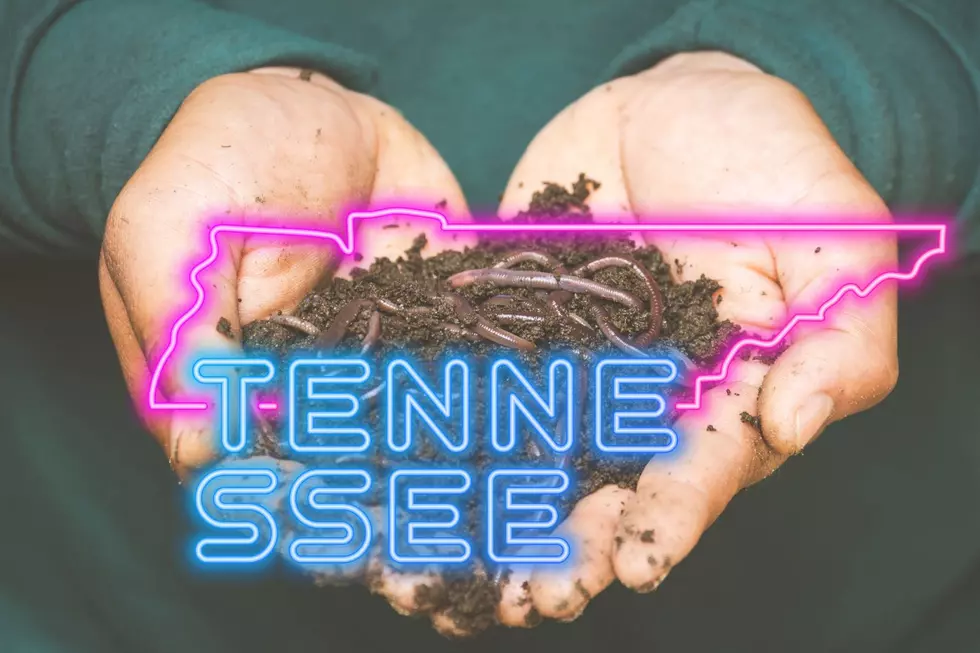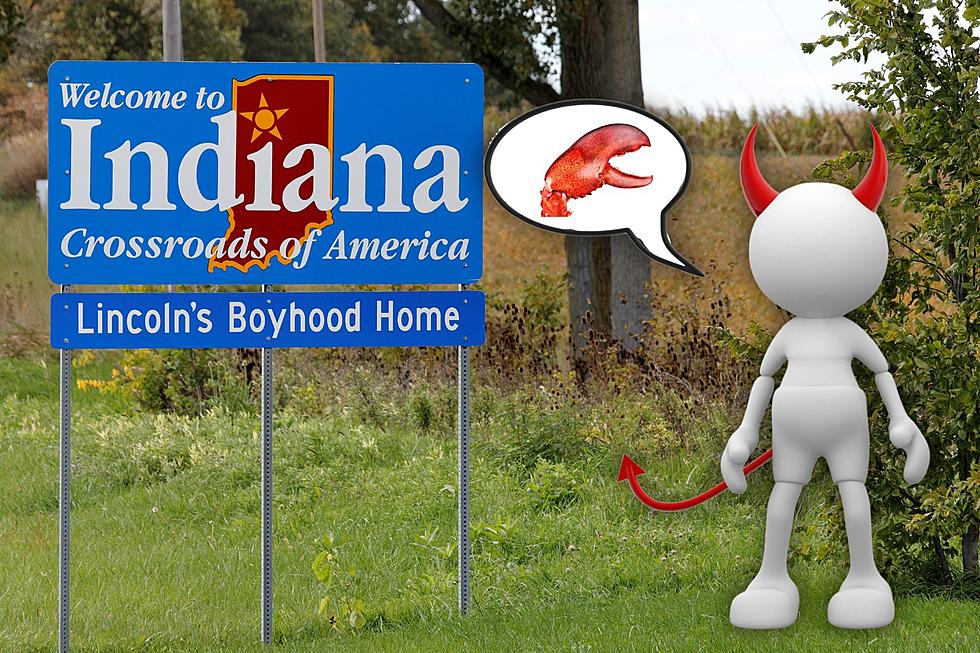
Hey Indiana Green Thumbs: Try This DIY Hack to Rid Your Garden of Aphids
When it comes to managing pests in the garden, there are a lot of chemical options like pesticide sprays and powders, but there are plenty of non-toxic ways to control pests in your garden like this easy DIY to get rid of aphids.
What Exactly Are Aphids?
Aphids are small insects not much larger than a grain of rice. They sometimes are called plant louse, and they suck the sap from plants. Britannica says that aphids can be incredibly detrimental to plants.
Aphid, (family Aphididae), any of a group of sap-sucking, soft-bodied insects (order Homoptera) that are about the size of a pinhead, most species of which have a pair of tubelike projections (cornicles) on the abdomen. Aphids can be serious plant pests and may stunt plant growth, produce plant galls, transmit plant virus diseases, and cause the deformation of leaves, buds, and flowers
How Do Aphids Reproduce
One of the things that make aphids such a dangerous garden pest is how quickly and easily a few can become many. Female aphids, known as "stem mothers" are capable of producing young without the need for fertilization. Once a plant becomes overrun by a stem mother and her young, some of the young will develop wings and then fly to other plants to start the process over again. Both male and female aphids will reproduce in late summer with the females laying eggs that will survive the winter. In warmer areas, there is no overwintering, and the reproduction cycle just continues again, and again.

How to Rid Your Garden of Aphids - The Traditional Ways
Traditional methods of aphid management include the use of insecticides and pesticides. Other, non-chemical gardening options include natural aphid predators like ladybird beetles.
A Unique and Inexpensive Aphid Trap
If you happen to be fresh out of ladybird beetles, and you'd prefer to not use insecticides on your plants, this unique and inexpensive DIY might make a good option. I discovered this hack on Facebook and all you need is a small garden stake, a yellow solo cup, a push-pin, and some petroleum jelly.
READ MORE: Indiana Is Home to the World's Largest Mite
How To Build Your DIY Aphid Trap
According to the post, you want to use a yellow solo cup - not a red one. The logic is that the yellow solo cup will look like food to an aphid as it resembles the color of many garden flowers. Using your push-pin, secure the yellow cup to the end of the garden stake with the mouth of the cup pointed down at the ground. This will prevent the cup from collecting water.
Once you have the upside down cup secured to your stake, coat the outside of the cup with a thin layer of petroleum jelly and then stick the stake into the ground. The aphids will get stuck in the petroleum jelly and die. You can see the original Facebook post, and an image of what the aphid trap looks like here.
7 Invasive Insects in Indiana You Should Kill Immediately If You See Them
Gallery Credit: Ryan O'Bryan
More From WGBF-FM









